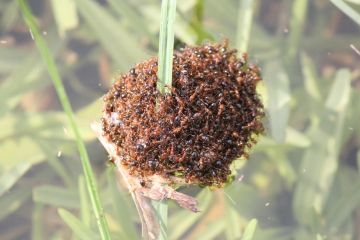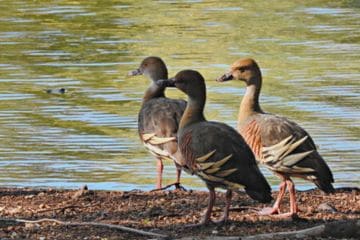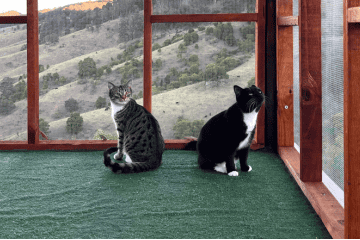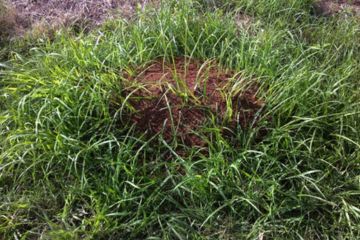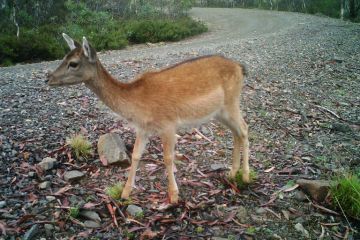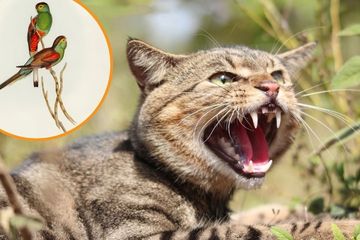
‘Wildlife massacre on the scale of the black summer bushfires’: Response to government preparation package announced for deadly bird flu at our border
Following an ABC story over the weekend featuring the Invasive Species Council which highlighted the alarming threat of the deadly H5N1 bird flu strain to our native animals – a threat that is wreaking havoc overseas – the federal government has today announced a $7 million preparation package.








